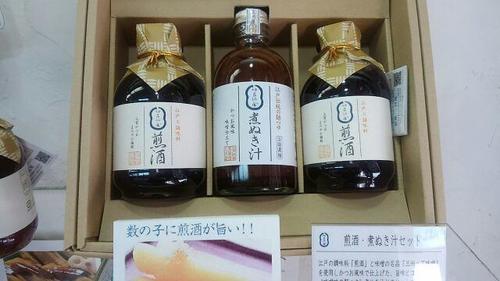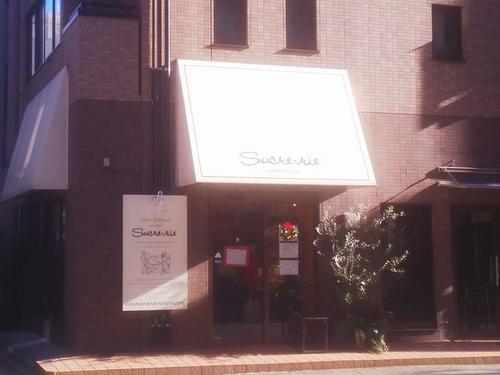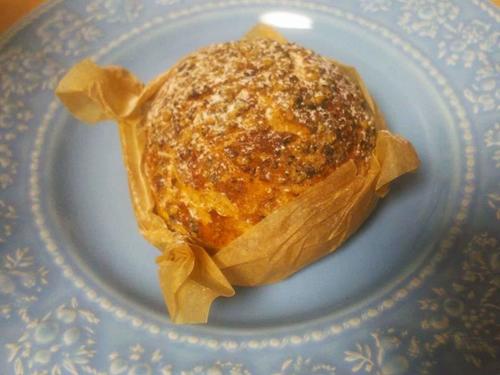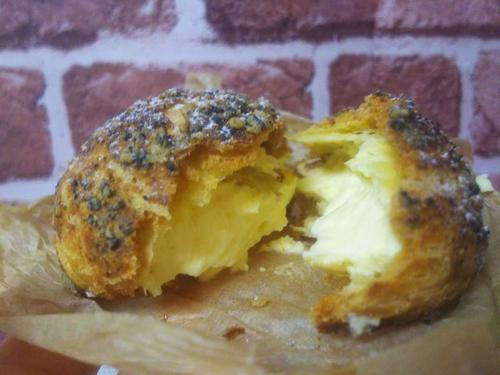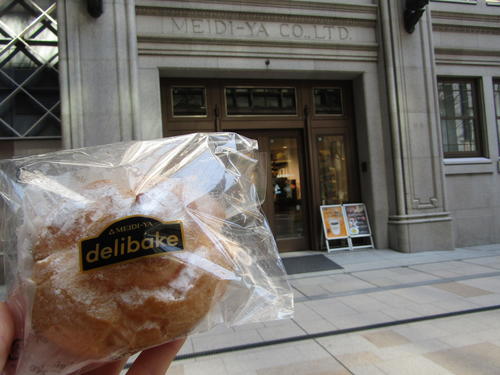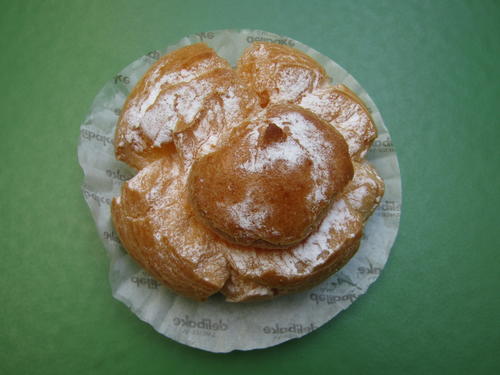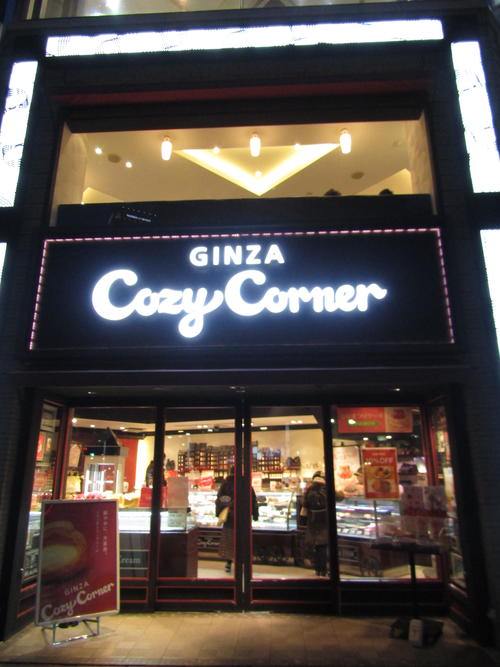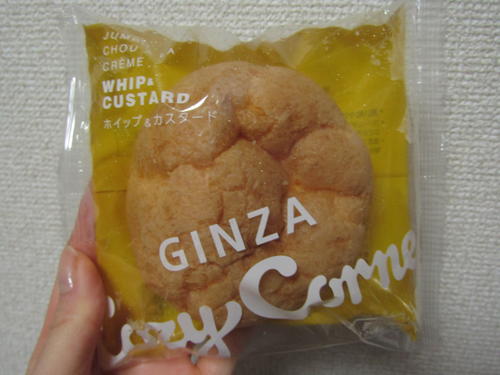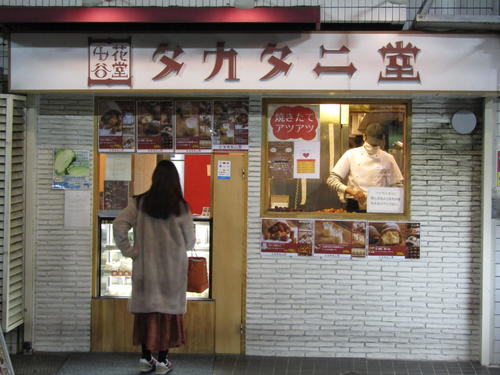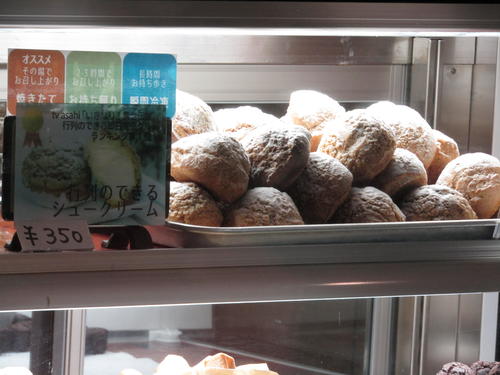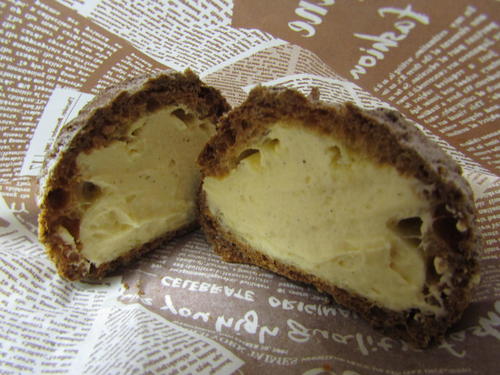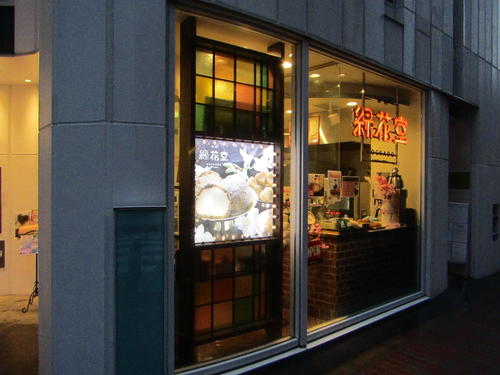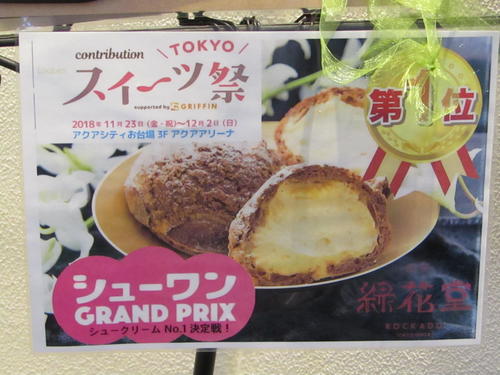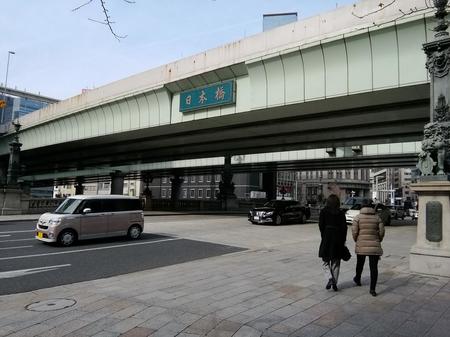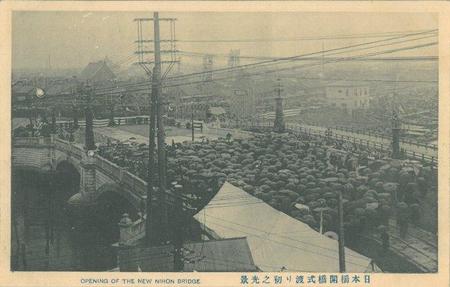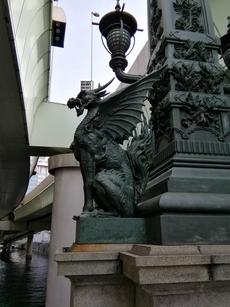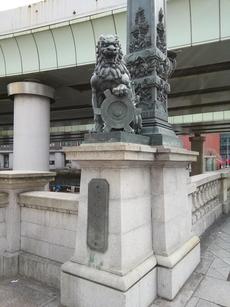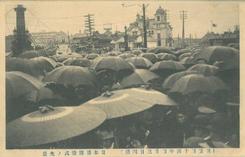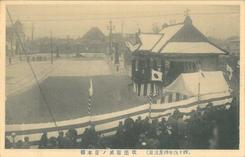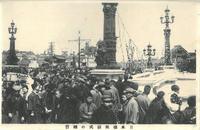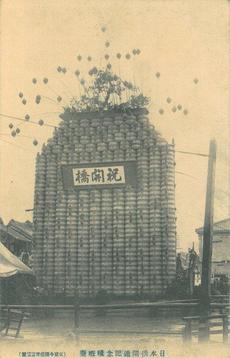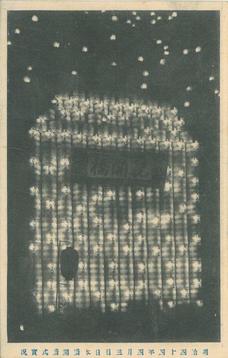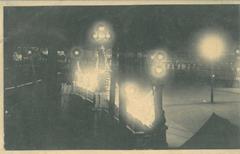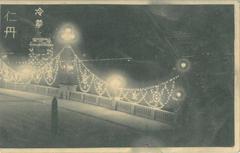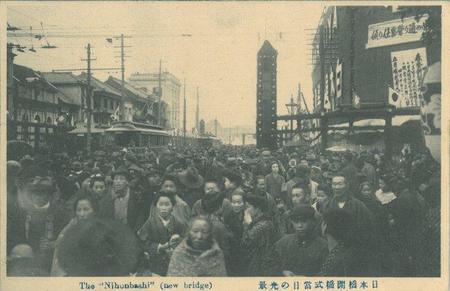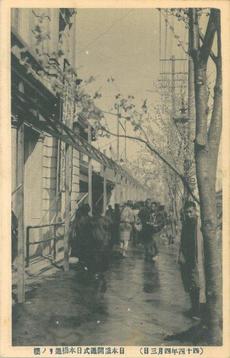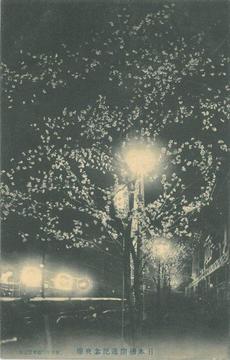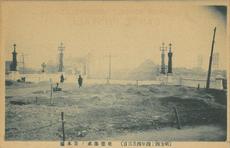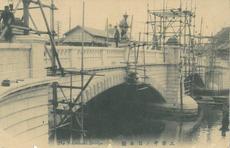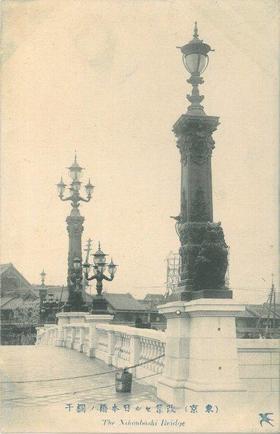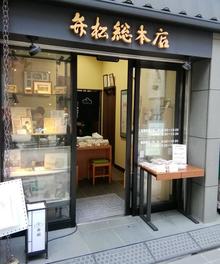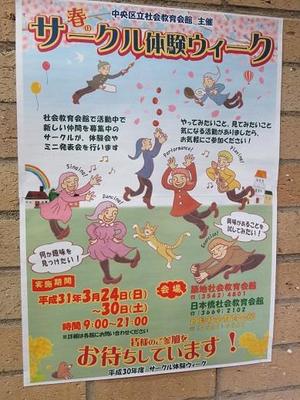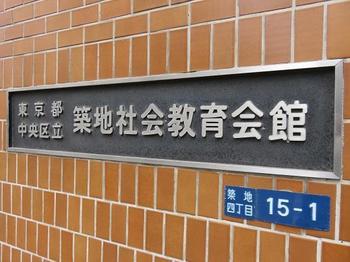Everyone knows that the Kaede River and Tsukiji River have been reclaimed and became the Metropolitan Expressway, but in 1930, as a reconstruction project after the earthquake, a new canal was opened between Kaede River and Tsukiji River. I think many people did not know that they were reclaimed and reclaimed in Showa 35 30 years later and reborn as an expressway. Actually, I didn't know until I became a correspondent of the Chuo-ku Tourism Association.
This time, we are planning to walk along the Kaedegawa and Tsukiji River contact traces.
It is the current canal between Ginza 1-chome and Shintomicho 2-chome, and this canal means that Nihonbashi and Tsukiji are connected by a waterway. Shinkinbashi, Shintomibashi and Miyoshibashi were bridged.
The start was a course that headed south from the vicinity of Dansho Bridge in Kaedegawa and aimed at Miyoshi Bridge.
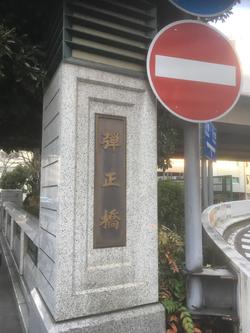
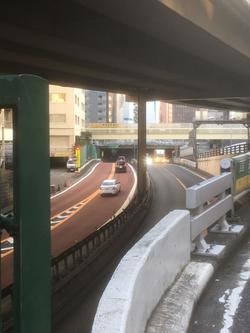
The photo on the left is a photo of the lower part of Dansho Bridge, that is, the direction of Shinkinbashi. We aim at Shinkinbashi on the right bank of the Kaedegawa site.
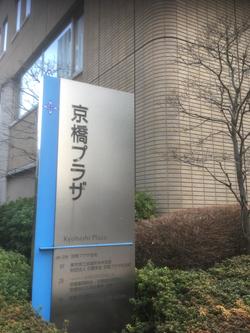
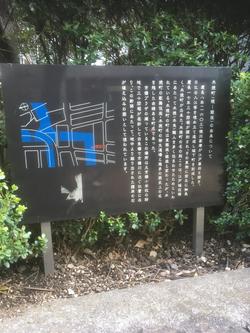
You can see Kyobashi Plaza, a sacred place for us. The secretariat of the Chuo-ku Tourism Association is on the third floor of this building. There is an explanation board about the origin of Kibiki-cho in the planting of Kyobashi Plaza. It seems that the stones in the enclosure of the signboard use stones dug out from underground.
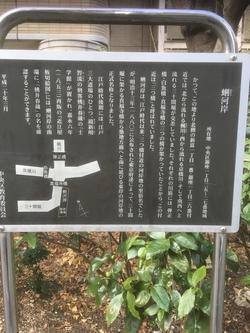
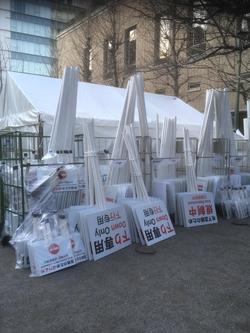
In addition, there is an explanation board of the Iji Riverbank in this Kyobashi Park. In these two explanations, it curves ahead of Kaedegawa and continues to Sanjumabori. There is no mistake because it is a signboard about the Edo period, but this project is to walk along the canal ruins that were excavated at the end of Mitsuhashi in 1930 and diverted to the Tsukiji River. Then the park was filled with white placards, etc. What is it? When I approached it, it was a placard for the Tokyo Marathon tomorrow. That's right, too.
Then, let's proceed toward Shirokane Bridge. Then I found another information board.
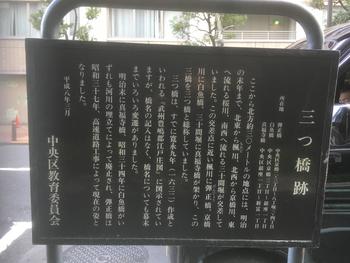
This is an explanation of the ruins of Mitsuhashi.
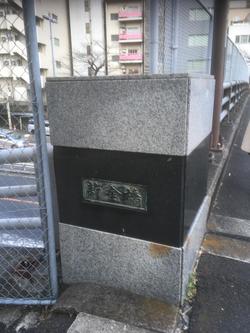
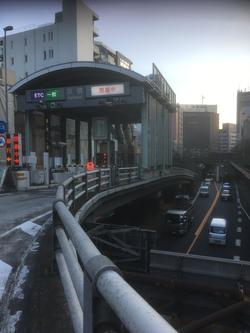
I arrived at Shinganabashi. Shinkinbashi has the entrance to Kyobashi in the capital city. The photo on the right shows the direction from Shinkinbashi to Shintomibashi. The name of the bridge is said to have been named Shinkinbashi to connect Shintomi-cho and Kinrokucho. Although small in the upper part of the left bank, the name of Shinkinbashi was left at the children's amusement park and at the intersection.
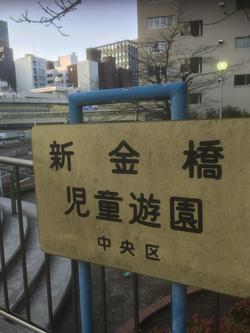
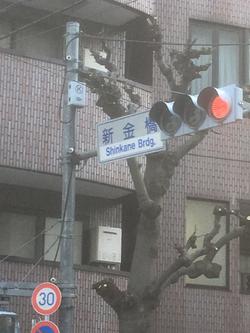
Then, after Shinkinbashi, follow the left bank of the Kaedegawa / Tsukiji River connection canal to Shintomi Bridge.
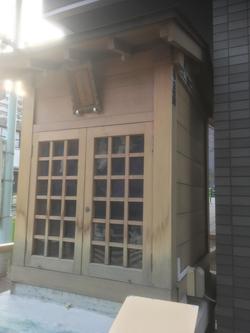
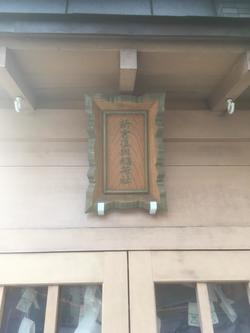
There was a small shrine on the left bank of the Kaede River and Tsukiji River Canal. When I checked the name, it was "Shintomi Reconstruction Inari Shrine". I had visited this area several times before, so I knew the existence of this shrine ...
From the word reconstruction, it seems to have been built after the earthquake, and in the past, there was a torii gate several meters away, so I only knew it was a larger shrine. In addition, there was a five-story stone pagoda behind the shrine. Is this also on the grounds of the shrine? I'm a little worried that the part of the wheel was broken.
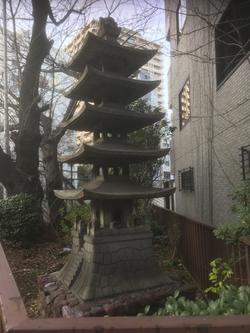
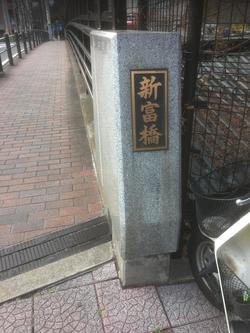
It's Shintomi Bridge. The name of Shintomi Bridge remained at the park and intersection.
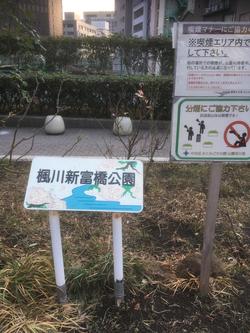
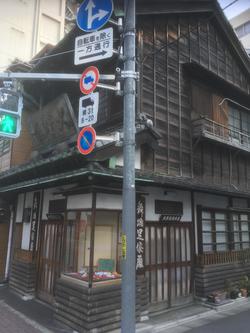
If I thought I saw it somewhere in the Japanese house in the photo on the right, it was the Onoya Sohonten store in Tangible Cultural Property, a country-registered country. It is said to be the machiya architecture of the Taisho era.
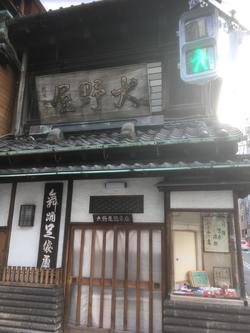
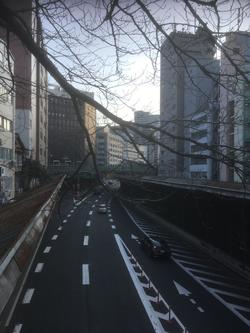
The photo on the right is a photo of Miyoshi Bridge from Shintomi Bridge.
From Shintomibashi, proceed on the right bank of the Kaedegawa / Tsukiji River connecting canal toward Miyoshibashi.
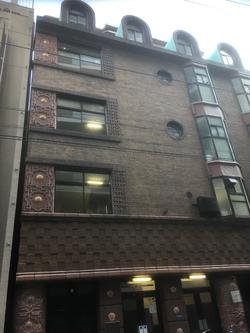
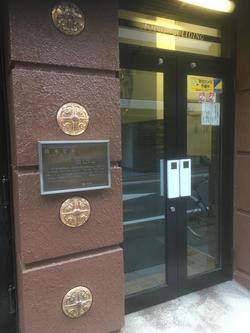
There was the Suzuki Building, which was certified as Historic buildings by Tokyo. Certainly, I felt that there were a wide variety of horseshoe-shaped and round windows.
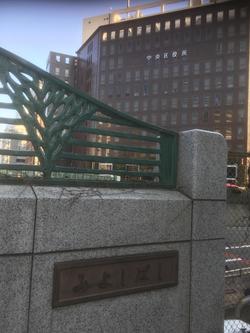
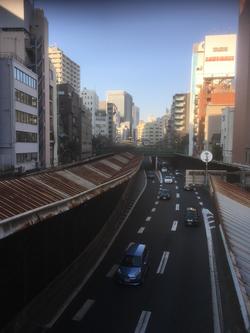
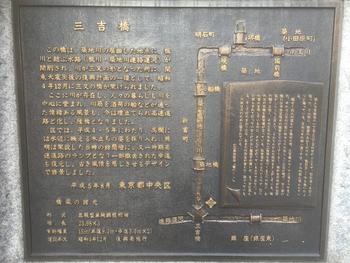
We arrived at Miyoshi Bridge, the end of this city walk. The brown building towering behind Miyoshi Bridge is Chuo-ku government office. The photo on the right shows the direction of Shintomibashi from Miyoshibashi.
And there is an explanation board of Miyoshi Bridge in the upper part of the right bank. In the explanation board, one of Yukio Mishima's "Bridge Tsukushi" is quoted. I have never read this novel, but it seems that the point is that Miyoshi Bridge is a Mitamata Bridge.
I personally feel that this Miyoshi Bridge can attract more attention.
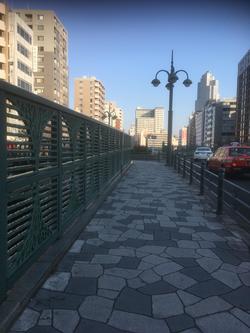
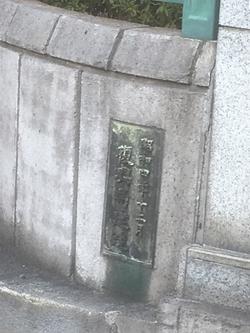
In Chuo-ku, renovation work was carried out in Heisei 4 ‣ 5, and the lighting equipment incorporates Suzuran lanterns at the time of construction. In the photo on the right, you can see the letter "December 1929 Reconstruction Bureau Building".
Before this city walk, why did this canal have been excavated but had to be backfilled again in just 30 years? I was wondering. I checked it myself, but Tokyo has also been renewed due to the "Teito Reconstruction Project" after the Great Kanto Earthquake. Most of the roads, bridges, rivers, etc. are still being used today. However, there are some items whose plans have been changed again due to post-war reconstruction and the construction of expressways for the Tokyo Olympics.
The Kaedegawa-Tsukiji River connection canal was newly excavated as a reconstruction project after the earthquake, and was very active in logistics from the Central Wholesale Market relocated to Tsukiji after the earthquake. But did you mean that we were able to stop the post-war carization?
Reference: River Map Dictionary (Edo, 23 wards, Tokyo) by Kenji Sugawara
"News from Local Room" No. 152 No. 156 edited and published Kyobashi Library, Chuo Ward
